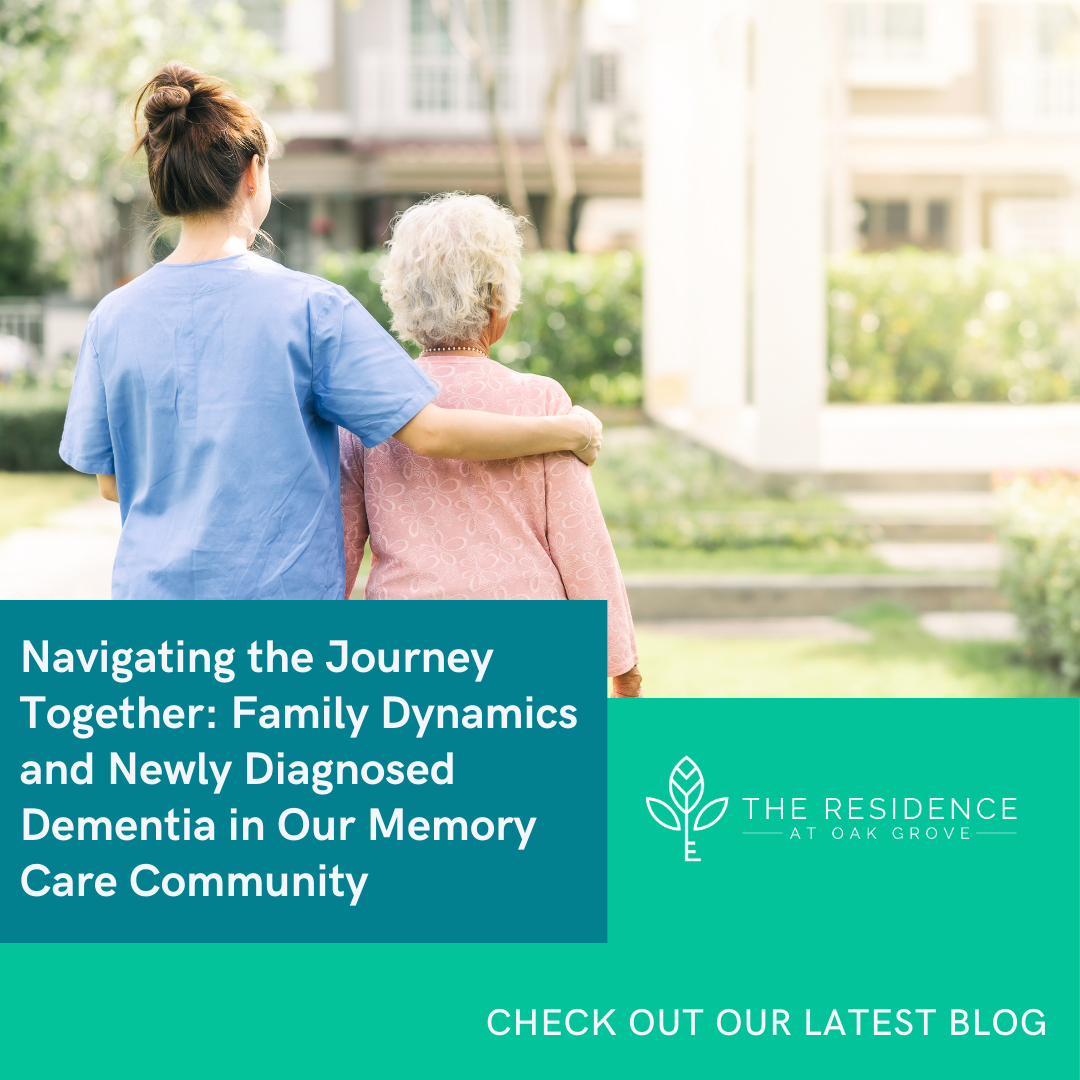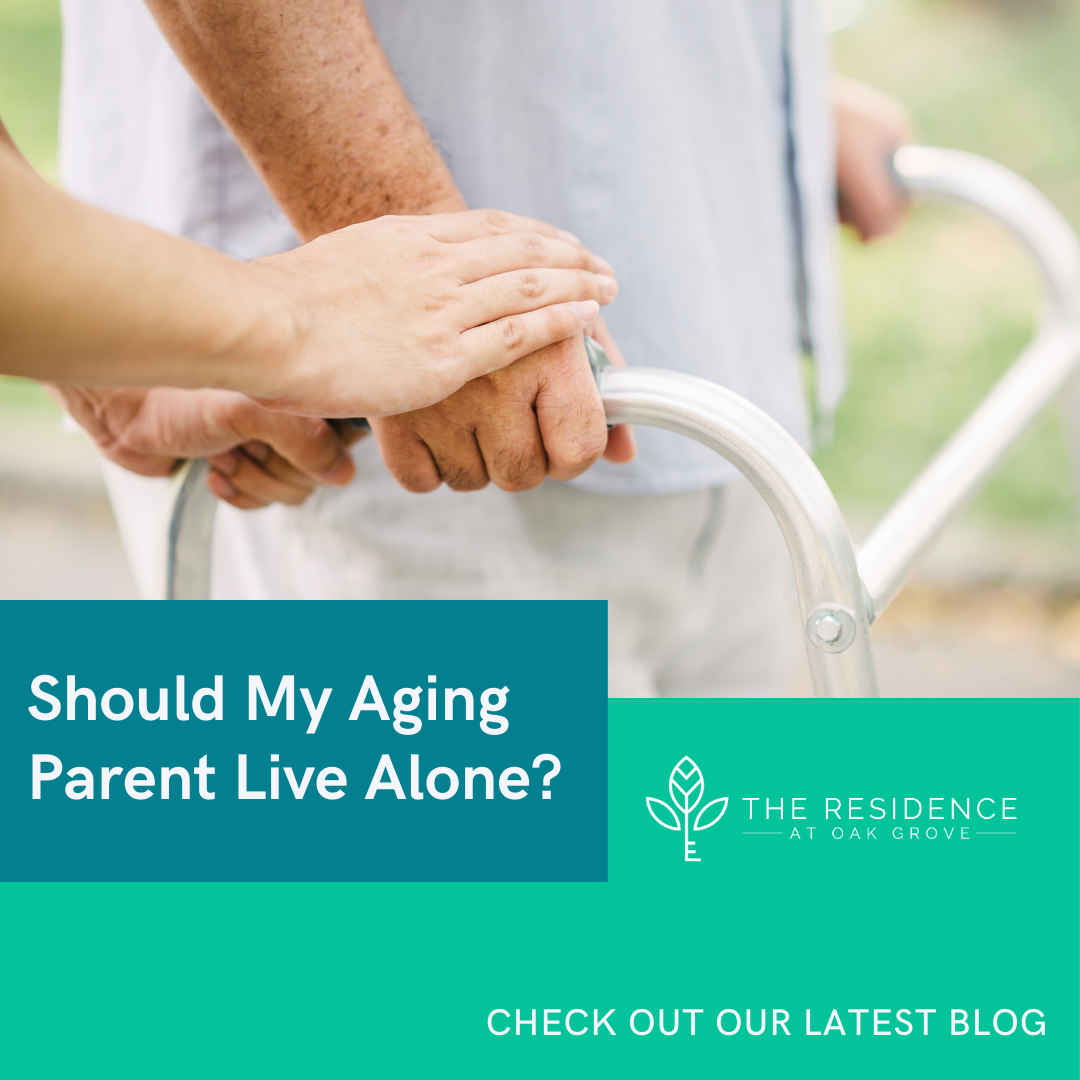As a memory care community dedicated to supporting individuals navigating the complexities of dementia, we…

Change is always scary, especially when you are leaving what has been home for many years. Usually, this is one of the biggest and hardest changes a senior will face during their older years. While it is pretty close to impossible to remove all anxieties they may face, we have a few tips that can help eliminate them.
Research The Costs
For most communities, pricing changes based on the level of care; it is important to understand what your costs will be and if those costs will increase as your loved one needs more care. Knowing what the cost is each month and how it compares to current expenses can help ease a lot of anxiety around the transition to an assisted living community.
Try Respite Care First
Assisted living communities are not for everyone; sometimes, an at-home caregiver is the best option for your family and loved one. Try testing it out by utilizing a respite care program; most communities offer respite programs that allow both you and your loved one to get a feel of what it would be like if that community were to become their new home.
Choose The Right Community
Not all assisted living communities are designed and executed the same way; take the time to research and tour multiple communities in your area. Starting early allows you to ask any questions you may have and get a sense of the community. Allow your loved one to tour with you, include them in the research process, and ask their opinion. Knowing they are part of the conversation and decision is very likely to decrease their feelings of anxiety around the move.
Allow Time For Emotions
As with all changes, there will likely still be fears and apprehensions. Take the time with them to talk through how they are feeling; you may also take advantage of social circles that will provide additional support outside of what you can provide for your loved one. As they are processing all their emotions, it is important to be patient.
Start Downsizing Early
With all the emotions around moving, going through all of your loved one’s belongings will likely bring up more emotions. You have to decide what to keep, who gets what, what you are donating, and so on. The first step is understanding the square footage of your loved one’s new space; this will help you as you plan for furniture size and storage needs.
Help Your Loved One Set Up Their New Space
Taking the time to set up your loved one’s new home in a way that feels comfortable and familiar to them will go a long way in making the transition smooth. Help them arrange furniture, hang wall decor, and so on in a way that brings them joy. You may even make suggestions to where their things are arranged similarly.
Take Time To Meet The Neighbors
Being social is what helps people thrive in assisted living communities. In a majority of these communities, there are several neighbors in your loved one’s hallways. Each person can potentially be a friend; after move-in, help your loved one meet the people around them so they can stay social. Not only can they turn into friends, but they can usually help as a fantastic resource for the community.
Visit Regularly To Get Involved
Visiting your loved one can help them feel like nothing has really changed, which will help ease anxieties. This is especially true during the first few weeks of the transition; it will likely be easier to set up a schedule that works for both you and your loved one. Additionally, pop-in for community events and activities that you can participate in with your loved one. Assisted living communities usually have monthly calendars with their events so you can play ahead.
Get To Know The Staff
Before, during, and after the transition, take the time to get to know the staff of your selected community. This will help you build relationships that you will likely need in the future when questions come up, you need to make dietary changes, et cetera.
While we know that none of the tips alone will completely rid you or your loved one of anxiety, using them in combination can really help. If you are not quite sure where to start and want to make sure you choose the right fit, contact us today. We are passionate about all of the residents and ensuring our community is right for them.



